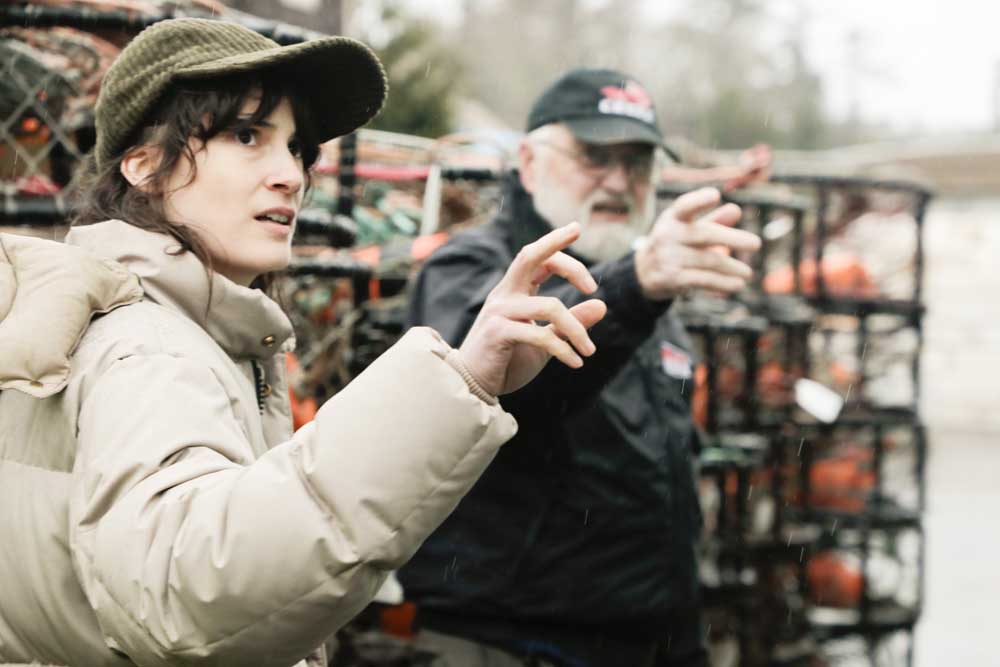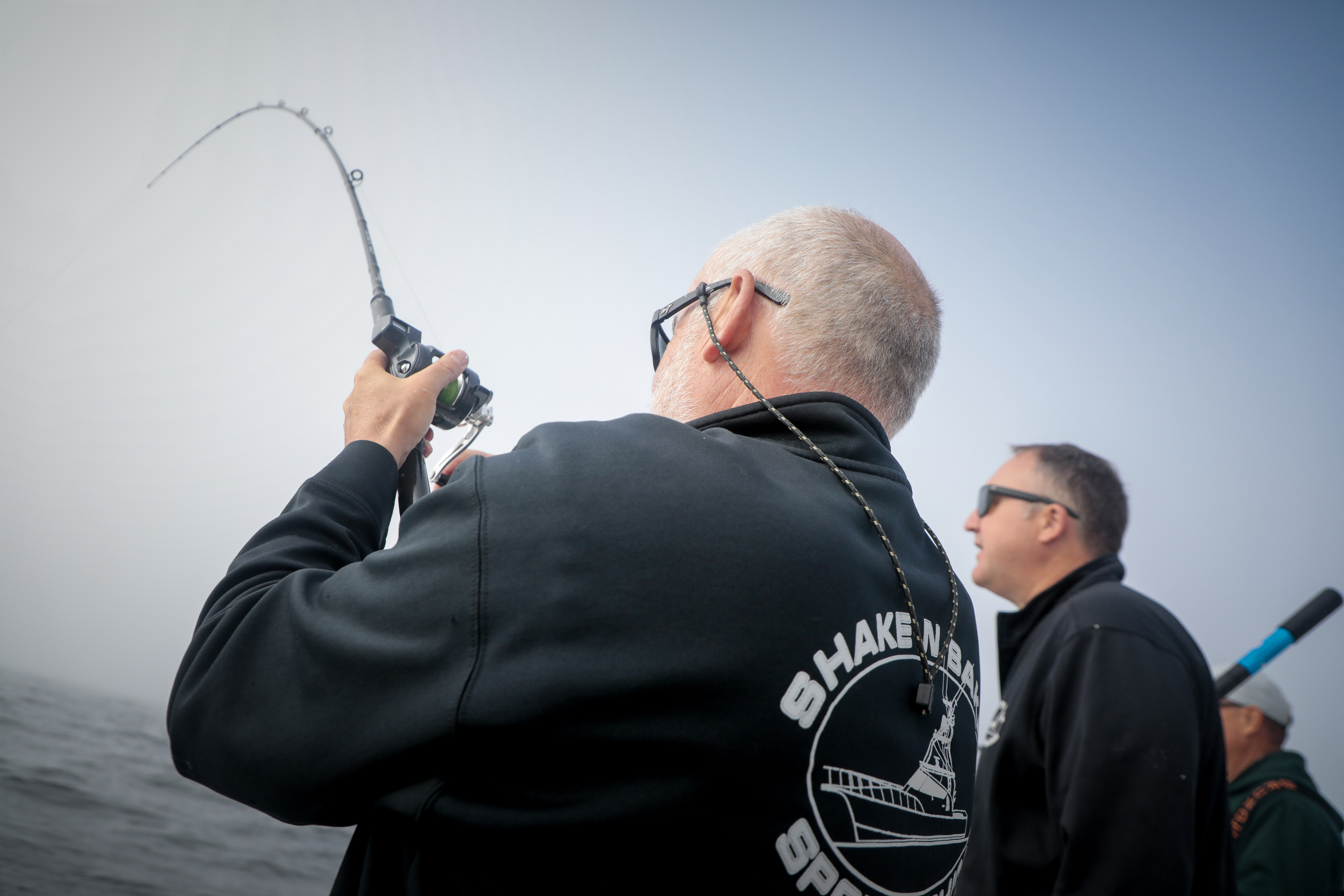Ilwaco strides toward forest trails
Published 10:53 am Monday, September 16, 2024

- Ilwaco’s 875-acre community forest is protected by a mutual-aid agreement with the Washington Department of Natural Resources. City officials are exploring plans to gradually open parts of the forest for recreational use.
ILWACO — City councilors earlier this month gave support for Ilwaco to continue its efforts in bringing public recreational opportunities to the Bear Ridge Community Forest, including a network of mountain biking and hiking trails that supporters say could serve locals and bring new visitors to the area.
Trending
The action taken by the council unanimously at its Sept. 9 meeting follows the release of a report last month by the International Mountain Biking Association (IMBA). Ilwaco first contracted with IMBA Trail Solutions, the nonprofit’s trail-building arm, in 2023 to develop a trail concept plan within parts of the forest.
‘This is a feasibility study, this is not getting us shovel-ready for us to start fundraising and starting work tomorrow.’
Matt Lessnau, Ilwaco city councilor
Trending
In early 2023, the city closed on a deal with Weyerhaeuser that included 210 acres of land and timber previously owned by the forestry giant, as well as 178 acres of timber deeds on city-owned land. That land, along with other land already owned by Ilwaco, totals 875 acres and is preserved as the Bear Ridge Community Forest.
The primary purpose that the community forest serves is giving Ilwaco direct control over its own watershed and the Indian Creek Reservoir located within it. But city officials, since work first began more than five years ago to make the forest a reality, have also cited the recreational and educational opportunities that it could provide to the public.
IMBA Trail Solutions staff came to the area for a multi-day trip in August 2023, which included taking drone photos, developing LIDAR imagery of the area and traversing through various trailheads and old roads of the community forest. That fall, they also hosted a virtual workshop with the city and an open house in Ilwaco to receive feedback from the community.
Report findings
Areas of the community forest are broken down into several distinct trail zones in IMBA’s report, which the group said is the best way to conceptualize existing and future trail opportunities within the forest.
Zone 1 is the first phase of trail development that the report recommends. At 65 acres, the zone could include one to two miles of trails and “offers the best opportunity for a skills development zone,” including features like a jump line and pump track — a set of dirt or paved rollers and berms designed to be ridden without pedaling. A perimeter loop for beginners would serve riders of all skill levels and give them an opportunity to hone their skills or warm up before venturing further into the forest.
The other zones consist of hundreds of acres and would require substantial work before being ready for use. Zone 2, at 300 acres, could hold 5-7 miles of beginner- and intermediate-level trails but includes both recently harvested forest and dense forest that would need to be managed before trail development could begin.
Zone 3, at 420 acres, makes up some of the densest forest and steepest terrain within the Bear Ridge Community Forest and reaches an elevation that offers “amazing” views of both Ilwaco city limits and the coast. However, trail development in this zone could not occur without thinning taking place, “as most areas are impossible to access.”
“With side slopes averaging 40-60%, substantial excavation of hillsides by professional trail builders would be required to bring trails to this zone,” the report states. “The IMBA Trail Solutions team considered this zone to be the least priority and a future phase after forest management practices were completed.”
The report recommends that the city continues holding community and stakeholder meetings about the project, as well as consult with a professional trail builder to nail down the layouts and design for each trail. Obtaining proper permitting and staying compliant with regulatory requirements, as well as completing environmental and cultural reviews, are other important steps that would need to be completed in the future.
Council discussion
The council at their meeting last week discussed the report’s findings and contemplated next steps. Councilor Matt Lessnau, who’s taken point among the council on the issue, sought to address concerns from some residents about the potential effects recreational activities could have on the watershed and water quality.
He mentioned a study that was cited at a past meeting that detailed the addition of trails and other recreational opportunities within municipal watersheds. That study, from Headwater Economics, concluded that trails had little to no measurable impact on water quality for the observed watersheds.
Lessnau added that he is currently focused on working with neighboring landowners to determine sustainable public access to the forest, and made clear that much work remains before — and if — the city ever decides to break ground on developing a network of trails as described in the report.
“This is a feasibility study, this is not getting us shovel-ready for us to start fundraising and starting work tomorrow,” he said. “There will be many more phases should we continue to pursue recreational opportunities within our property surrounding our watershed.”
Councilor Margarita Cullimore said the project would bring about many positive benefits, but was concerned about the prospect of contributing significant public dollars when there are other issues the city is grappling with.
“If we are going to have to invest any money into trails, I think that perhaps this is not the right time to pursue that since we have so many housing needs, repairs to our aging and dilapidated infrastructure and other needs that the city has,” she said.
Lessnau said that “many buckets of money” are available at the state and federal levels for land acquisition and design and development. He added that he intends on continuing to pursue those to fund the project, and that he wouldn’t want the city to undertake these large construction and concepts detailed in the report if a large chunk isn’t covered by outside funding sources.









